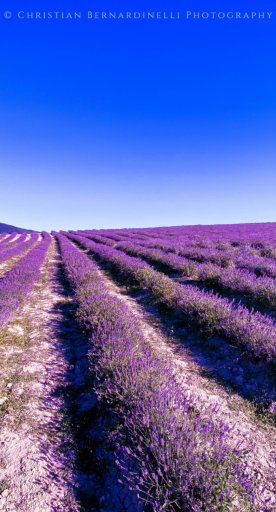We find ourselves in the Pisan Hills, in an area inhabited since Etruscan times. It feels as if you can almost hear the sound of the sea in the distance, waves breaking on the shore, whilst right in front of us are fields of wheat and olive trees that extend as far as the eye can see.
Running your eyes over Santa Luce’s lands means filling yourself with the brightness of this fairytale countryside. Breath in the air and you’ll find yourself intoxicated by its seasonal scents, such as that which flows from the blooming lavender fields in June and July.
From one hill to the next, you’ll find the town of Santa Luce and its villages, with centuries-old parish churches and houses few and far between.






























